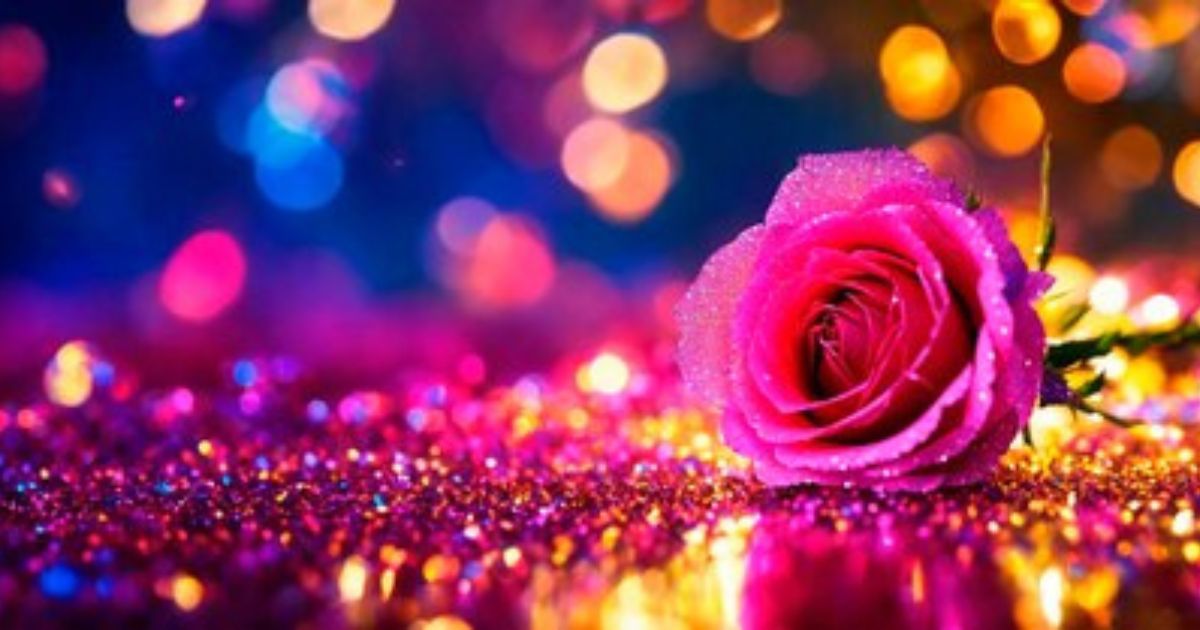The wig drum is a captivating musical instrument that, despite its humble appearance, holds a deep cultural and historical significance. This traditional instrument is often associated with various indigenous groups, particularly in regions where drumming has been a crucial part of ceremonial and communal life. Through this article, we will explore the origins, cultural relevance, and modern applications of the wig drum.
The Origins of the Wig Drum
The history of the wig drum is rooted in ancient civilizations that relied heavily on percussion instruments. Unlike modern drums, the wig drum was not just used for musical entertainment but was central to communication, rituals, and storytelling in many indigenous cultures.
Construction of the Wig Drum
A wig drum is typically crafted from organic materials such as animal skins and wood. The frame is often circular, while the drumhead is stretched tightly across the body, creating a resonant surface when struck. The materials used in the construction of the drum directly affect the sound it produces, giving it a distinct tone that varies between different regions.
Cultural Significance of the Wig Drum
In many cultures, drumming is seen as a spiritual practice. The wig drum, in particular, is believed to connect the physical and spiritual realms. This instrument was often used during ceremonial events, such as weddings, funerals, and tribal gatherings, to invoke spiritual energy or communicate with ancestors.
The Wig Drum in Rituals and Ceremonies
For various indigenous groups, the wig drum is a powerful tool used in rituals. Its rhythmic beats symbolize the heartbeat of the Earth and help participants enter meditative or trance-like states. These drums are also played during festivals and sacred rituals to mark significant life events or honor deities.
The Drum as a Communication Tool
Before modern forms of communication, the wig drum served as a way to send messages across distances. Its deep, booming sound could be heard miles away, making it an efficient tool for summoning community members, alerting the tribe to danger, or conveying messages of peace or war.
Symbolism of the Drum’s Design
The circular shape of the wig drum is significant in many cultures, symbolizing eternity, unity, and the cyclical nature of life. The drum’s sound, which echoes the rhythm of the human heartbeat, further emphasizes its connection to life and the universe.
Techniques for Playing the Wig Drum
Drumming on a wig drum is an art form that requires precision and practice. Players strike the drumhead with their hands or specially designed drumsticks, often following specific rhythms that have been passed down through generations. The rhythm patterns often reflect natural elements, like the sound of rainfall, thunder, or animal footsteps.
Evolution of the Wig Drum’s Role in Society
While the wig drum was historically used primarily in rituals and ceremonies, its role has evolved over time. Today, it is also seen in musical performances and cultural exhibitions, where it serves as a symbol of heritage and a way to preserve traditional practices in a modern world.
The Drum in Modern Music
In recent years, the wig drum has made its way into modern music genres. Artists across the world incorporate traditional drumming techniques into contemporary compositions, blending the old with the new and ensuring that this ancient instrument remains relevant in today’s music scene.
Importance of Drum Circles
Drum circles, which often feature the wig drum, are popular in many communities. These gatherings allow participants to experience collective rhythm-making, creating a sense of unity and shared energy. Drum circles are also used as therapeutic tools in various settings, from schools to healing retreats.
The Wig Drum in Storytelling
For indigenous groups, the wig drum plays a key role in storytelling. Elders would often use the drum’s rhythmic beats to set the tone and pace of the story, helping to captivate their audience and bring the tale to life.
The Drum as a Symbol of Resistance
In some cases, the wig drum has been used as a symbol of resistance and defiance. In regions where indigenous cultures were suppressed, drumming became a way to preserve traditions and assert identity in the face of colonial or governmental oppression.
Preservation of Traditional Drumming
As modernity threatens the loss of traditional practices, efforts are being made to preserve the art of wig drum making and playing. Cultural organizations and tribal groups work together to teach younger generations the skills needed to craft and play these drums, ensuring that the traditions live on.
Wig Dru,m Festivals and Celebrations
Many communities now hold annual festivals to celebrate the wig dru,m and other traditional instruments. These events attract visitors from around the world and serve as a way to keep indigenous music and culture alive.
The Legacy of the Wig Dru,m
The legacy of the wig dru,m is far-reaching. It has endured through centuries of change and continues to play an essential role in many cultures today. Its powerful sound, combined with its spiritual and cultural significance, ensures that the wig dru,m remains a revered instrument.
Conclusion
The wig dru,m is more than just a musical instrument. It represents a connection between people, nature, and spirituality, carrying with it centuries of cultural importance. From its early uses in rituals and communication to its place in modern music and festivals, the wig dru,m has left an indelible mark on human history. As efforts to preserve traditional practices continue, the wig dru,m’s rich legacy will endure for generations to come.
FAQs
What is a wig dru,m made from?
A wig dru,m is typically made from animal skin stretched over a wooden frame, which gives it its distinct sound.
How was the wig dru,m used in ancient cultures?
The wig dru,m was used for communication, spiritual rituals, and ceremonies in various indigenous cultures.
Why is the wig dru,m important in storytelling?
It sets the rhythm and tone for storytelling, helping to captivate audiences and bring traditional tales to life.
Are wig dru,ms still used today?
Yes, they are used in modern music, festivals, and drum circles, preserving traditional practices while integrating into contemporary settings.
5. How is the wig dru,m linked to spiritual practices?
The drum’s rhythmic beats are often believed to connect the physical and spiritual realms, playing a crucial role in rituals and ceremonies.











